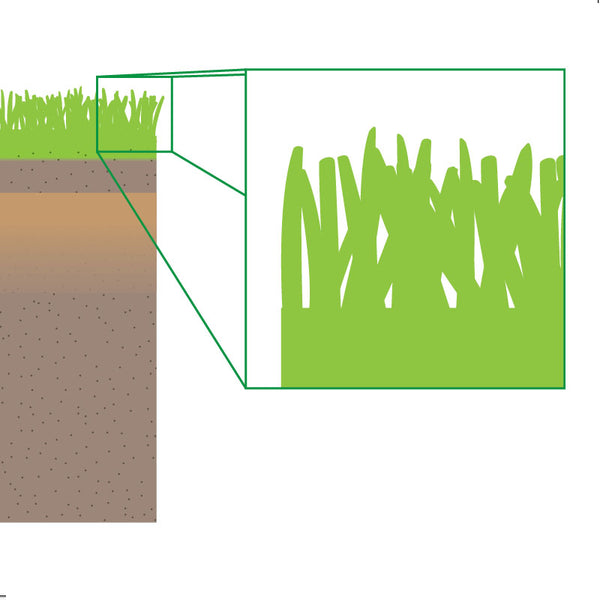Soil Testing
Soil analysis is a means to discover what levels of nutrients are available to plants. There is an optimum for each plant nutrient and when coupled with other properties such as soil structure and particle sizes determine how vigorous your plants are. Different nutrients undertake different tasks within the plant, this is illustrated within the table below:
| Macronutrients | Role within plant |
|---|---|
| Primary Nutrients: | |
| Nitrogen – N | Nitrogen fertiliser is mainly used for the growth of leaves and stems |
| Phosphorous (phosphate) – P | Phosphate fertiliser is primarily used for flowering and root development |
| Potassium (potash) – K | Potassium fertiliser is used for fruiting, root growth and disease resistance |
| Secondary Nutrients: | |
| Calcium – Ca | Is used within the plant cell wall |
| Magnesium – Mg | Important within the process of photosynthesis and enzyme production |
| Sulphur – S | Important in food, enzyme and chlorophyll production |
| Micronutrients | |
|---|---|
| Iron – Fe | Used in the formation of chlorophyll |
| Manganese – Mn | Involved in the breakdown of carbohydrates |
| Copper – Cu | Important for reproductive growth |
| Boron – B | Used in the production of sugars and carbohydrates |
| Molybdenum – Mo | Utilised by the plant when using nitrogen |
| Zinc – Zn | Used within the transport system of the plant |
| Chloride – Cl | Used when the plant metabolises other nutrients |
Organic Matter and Soil Particle Size
The visual appearance of an area can provide an indication of what’s going on underneath but more accurately what happens within the soil determines the health and vigour of the plants growing in it.
Soil chemistry is a well-established science, as a plant utilises the chemical elements within the soil to build itself and operate its metabolic systems. Together with a soils physical properties the chemical nutrient balance provides the basis of recommendations for an informed fertiliser programme. These recommendations are based on the "sufficient levels" approach. This philosophy acknowledges that, as the level of a nutrient increases, the chance of the plant responding from the addition of that nutrient decreases and therefore the magnitude of the plants response, if it occurs, is diminished.
In addition the lack of one element or the abundance of another changes the dynamics of the soil profile, e.g. an overabundance of iron can impact upon the availability to the plant of phosphate, potentially creating a phosphate deficiency in soils which may on the surface appear to have a good phosphate level. Correct interpretation of the soil analysis results can be used to help provide you with a nutrient programme tailored to your specific requirements.
The PWSTM system ensures that the samples are analysed independently reinforcing the veracity of the system. The interpretive reports communicate the results in a comprehensive format that is easy to understand. The soil testing kit provides good quality information that will enable you to make decisions based upon evidence. Pitchcare use an independent Fully Accredited laboratory that provides a variety of different analyses, the most common of which are listed above although if you have specific requirements contact our team and there are literally dozens of tests that can be used to diagnose specific problems.
In addition to nutrient levels other aspects of soil health can be measured: an Organic Matter is an important concern for turf managers. Ensuring the correct levels of organic matter are present through different levels of the soil profile will lead to better plant health and response to stressful events. Soil particle size and distribution are contributing factors to how well a soil drains and its capacity to retain nutrients. These elements can be improved but information is required in order to ascertain what materials or operations will improve the soil structure.
Building up data enables you to make more informed decisions. This data can be used within a monitoring system that can be used to detect and diagnose problems and formulate baseline parameters that can help reduce pests, diseases and improve quality and ultimately reduce costs.
There is a growing number of individuals that are seeking access to good quality soil testing information services that remove bias and enables managers to make decisions based upon evidence. This liberates managers from the constraint of the supplier that provides the soil analysis on behalf of the facility; providing access to a greater and potentially more effective range of solutions. This is the first step on the ladder to success as taking responsibility puts you in control. The Pitchcare website and message-board is a great resource providing access to individuals who offer impartial advise and recommendations.





